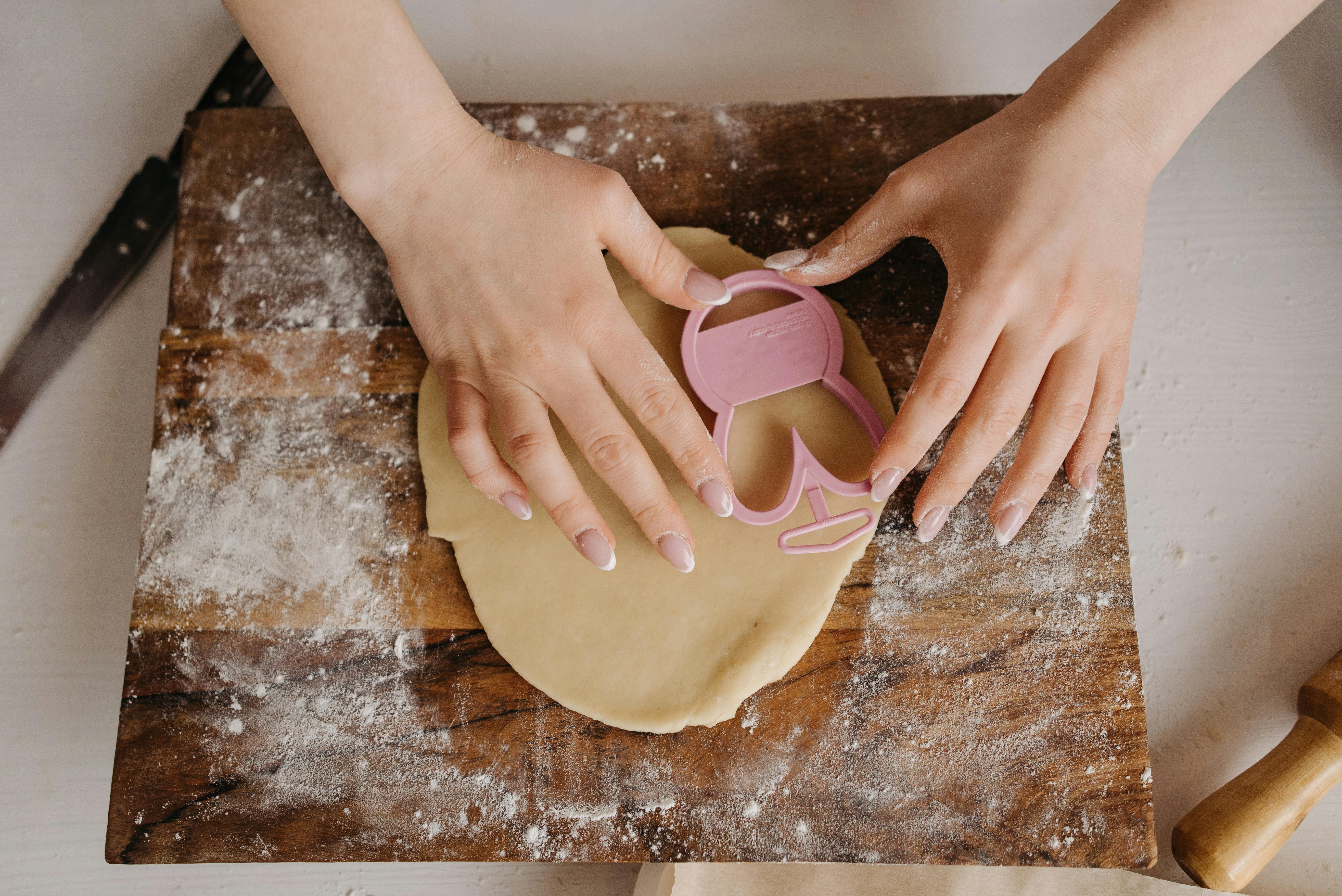If you’ve ever watched an episode of Gordon Ramsey’s Kitchen Nightmares, you’ve seen a disgusting grease trap. Cleaning debris off your grills seems completely unrelated to the themes of the restaurant rescue reality series. If you have ever owned a restaurant, you must be well aware of the importance of cleaning grease traps. Even ignoring the obvious health hazards, there are a number of safety concerns. Trapped fats and oils can clog a drainage system, causing wastewater to backflow into the sewers and even into your own kitchen. This could lead to a huge monetary loss from fines, property damage, and possible lawsuits. To avoid these risks, here are some tips to keep your grease traps clean and safe.
First, keep an eye on the level of grease in your trap. Use a small wooden dowel or yardstick to see how high the level has gone. By keeping track of this data, you will be able to tell when you are potentially dealing with a serious clog. If there is a major obstruction, ignore the following steps and call a professional service.
After measuring and recording, remove any standing water from the tank. Put the water in a bucket or trash can and pour it back down the drain after you are done cleaning. Next, use a small bucket or cup to remove as much debris as possible. Place all solid waste in a heavy-duty, sealable garbage bag.
Once you’ve removed as much of the loose fat and oil as possible, use a sturdy utensil to scrape down the sides and lid. Cleaning this way will ensure that you have effectively removed all debris. You can then take the scraped debris out into the trash bag or use a wet/dry vacuum.
After all possible debris has been removed, scrub down the entire grease trap and sanitize everything. Use a steel pot scrubber and warm water to ensure all debris has been removed. Add soap to the water to also remove bad odors. It is recommended that you wash the trap several times, cleaning your scrubber between washes. If possible, disassemble your grease trap during this step to clean each surface thoroughly. After a long washing session, rinse everything with room temperature water. Be sure to completely remove all oil, grease, dirt, and soap. If you took the trap apart, allow each piece to dry completely before putting everything back together.
Following these steps regularly will not only keep your drainage system free of dangerous clogs, but it will also extend the life of your trap and keep your kitchen employees happy and healthy. While this process should be enough on its own to resolve any major issues, you should still have your kitchen checked out by a professional grease trap cleaning service at least once a year.
